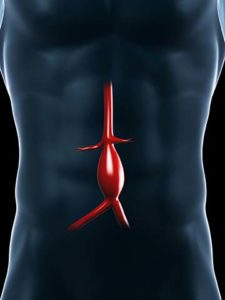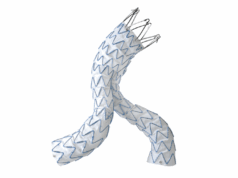 The American Heart Association (AHA) recently announced the publication of a study identifying 14 new genes linked to an increased risk of abdominal aortic aneurysm (AAA).
The American Heart Association (AHA) recently announced the publication of a study identifying 14 new genes linked to an increased risk of abdominal aortic aneurysm (AAA).
Previous studies have detected 10 locations in the human genome associated with potential AAA risk. But this new work, published in the AHA’s journal Circulation, more than doubled that number, to a total of 24 genetic factors associated with AAAs.
“This new information can enhance screening protocols and help identify individuals at risk for abdominal aortic aneurysm,” one of the study’s authors, Philip S. Tsao, PhD, of Stanford University School of Medicine, Stanford, California and the Veterans Affairs (VA) Palo Alto Health Care System, said in a news release.
According to the AHA, the study used the world’s largest genetic biobank, the Million Veteran Program, which was created in 2011 to study how genes affect the health of U.S. military veterans. Researchers tested about 18 million DNA sequence variants among more than 7,500 AAA cases and 172,000 veterans who did not have the condition.
The work factored in the effects of blood pressure, finding that a genetic predisposition for an increase of 10mmHg in diastolic blood pressure increased the risk. “We were surprised that diastolic blood pressure, as opposed to systolic blood pressure, is likely of greater significance in the development of abdominal aortic aneurysm,” Tsao said.
The data also showed that 19 of the 24 genetic risk variants for the condition pointed to an increased risk for aneurysms in other parts of the body.
Researchers created a “polygenic risk score” that helped identify groups of people more likely to develop AAAs, regardless of known risk factors such as smoking and family history.
The authors said the report is limited because the database primarily includes veterans of European ancestry. They suggest that as genetic technology advances, research include more samples from people with diverse backgrounds to limit the chance of ethnic disparities in precision medicine.












